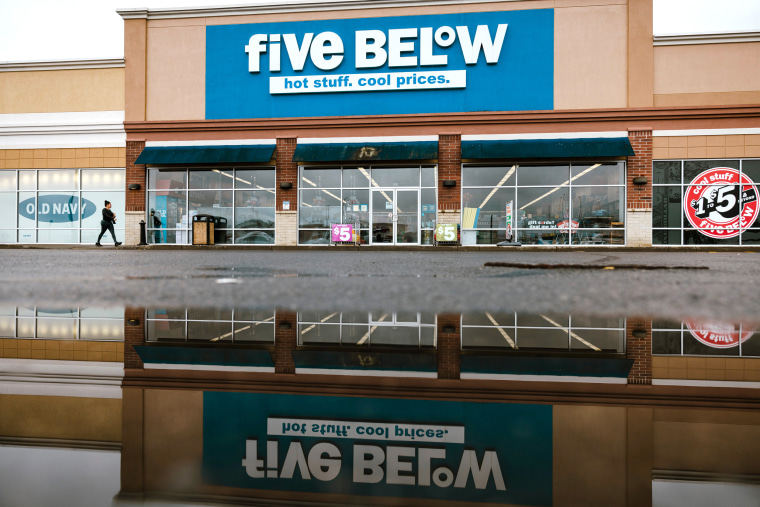Major Retailers Are Backtracking on Self-Checkout
The convenience of self-checkout kiosks has long been touted as a way for retailers to streamline the shopping experience for customers. However, major retailers are starting to rethink their reliance on self-checkout systems. This shift comes as retailers grapple with concerns over theft, customer service, and the overall impact of automation on the shopping experience.
One of the main reasons for the backtracking on self-checkout is the issue of theft. Retailers are finding that self-checkout systems make it easier for customers to engage in theft by intentionally or unintentionally under-scanning items or simply failing to scan them at all. This has led to a rise in scan and go theft, where customers exploit the self-checkout system to steal products without detection.
In addition to theft concerns, retailers are also realizing that self-checkout systems may not provide the level of customer service that shoppers expect. Many customers still prefer the human interaction of traditional checkout lanes, where they can ask questions, receive assistance, and engage with a friendly cashier. By relying too heavily on self-checkout, retailers risk alienating those customers who value personalized service.
Furthermore, the push towards automation and self-checkout raises questions about the long-term impact on the retail workforce. As retailers invest in self-checkout technology, they may be reducing the need for human cashiers, leading to potential job losses in the industry. This has sparked debates about the ethical implications of replacing human workers with machines and the need to strike a balance between efficiency and employment opportunities.
In light of these concerns, major retailers are beginning to reconsider their approach to self-checkout. Some are scaling back on the number of self-checkout kiosks in their stores, while others are implementing additional security measures to prevent theft. Additionally, retailers are exploring ways to enhance the customer experience by providing more opportunities for human interaction, such as dedicated customer service counters and staffed checkout lanes.
While self-checkout technology remains a popular choice for many retailers seeking to streamline operations and reduce costs, the recent backlash against it highlights the need for a more nuanced approach. By addressing issues such as theft, customer service, and employee welfare, retailers can create a shopping experience that is both efficient and customer-centric, striking a balance between convenience and human connection in the retail industry.


